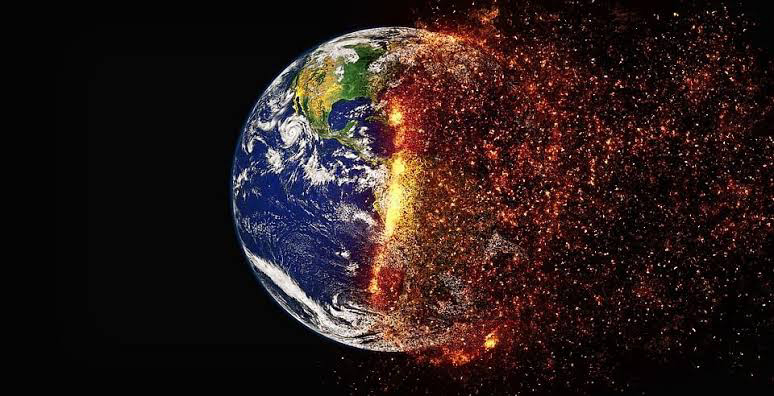Climate Change
Climate change refers to the long-term warming of the planet due to the increase in greenhouse gases in the atmosphere. These greenhouse gases, such as carbon dioxide, methane, and water vapor, trap heat from the sun and cause the earth's temperature to rise. This warming can lead to a variety of impacts, including rising sea levels, more frequent and severe heatwaves and storms, and changes in the availability and distribution of water. Human activities, such as burning fossil fuels and deforestation, are the main drivers of climate change. It is important to take action to reduce greenhouse gas emissions in order to mitigate the impacts of climate change.
Causes
The main cause of climate change is the increase in greenhouse gases in the atmosphere. Greenhouse gases, such as carbon dioxide, methane, and water vapor, trap heat from the sun and cause the earth's temperature to rise. Human activities, such as the burning of fossil fuels (such as coal, oil, and natural gas), deforestation, and agriculture, are the main sources of these greenhouse gases.
Burning fossil fuels: The burning of fossil fuels for electricity, transportation, and other uses is the largest source of greenhouse gas emissions. When fossil fuels are burned, they release carbon dioxide and other gases into the atmosphere.
Deforestation: Trees absorb carbon dioxide from the atmosphere and store it in their wood, leaves, and other plant parts. Deforestation, or the removal of trees, reduces the ability of the land to absorb carbon dioxide and can contribute to climate change.
Agriculture: Agricultural activities, such as the raising of livestock and the use of fertilizers, also contribute to greenhouse gas emissions. Methane, a potent greenhouse gas, is released by livestock and the decomposition of animal manure. Nitrous oxide, another potent greenhouse gas, is emitted when fertilizers are applied to soil.
Climate change can lead to a variety of impacts, including:
Rising sea levels: As the Earth's temperature increases, the polar ice caps and glaciers melt, causing sea levels to rise. This can lead to flooding and the displacement of people living in coastal areas.
Extreme weather events: Climate change can lead to more frequent and severe heatwaves, storms, and other extreme weather events. These events can have serious impacts on human health, agriculture, and infrastructure.
Drought: Changes in temperature and precipitation patterns can lead to drought in some areas, which can have serious impacts on agriculture and the availability of clean water.
Food and water security: Climate change can affect the availability and distribution of food and water, which can lead to malnutrition and other health problems.
Habitat loss: Many plants and animals are adapted to specific climates, and as the climate changes, they may be unable to survive in their current habitats. This can lead to habitat loss and biodiversity loss.
It is important to take action to reduce greenhouse gas emissions in order to mitigate the impacts of climate change.
There are several actions that can be taken to reduce greenhouse gas emissions and mitigate the impacts of climate change. Some of these include:
Using renewable energy sources: Renewable energy sources, such as solar and wind power, produce little or no greenhouse gas emissions. Increasing the use of renewable energy can help to reduce our reliance on fossil fuels and reduce emissions.
Improving energy efficiency: Energy efficiency measures, such as insulating buildings and using energy-efficient appliances and lighting, can help to reduce the amount of energy needed to power our homes and businesses. This can lead to a reduction in greenhouse gas emissions.
Planting trees and other vegetation: Trees and other vegetation absorb carbon dioxide from the atmosphere and store it as carbon in their wood, leaves, and other plant parts. Planting trees and other vegetation can help to absorb some of the excess carbon dioxide in the atmosphere and mitigate the effects of climate change.
Reducing deforestation: Deforestation releases the carbon stored in trees into the atmosphere and contributes to climate change. Reducing deforestation and promoting reforestation can help to mitigate the impacts of climate change.
Implementing policies and regulations: Governments can implement policies and regulations, such as carbon pricing and emission reduction targets, to reduce greenhouse gas emissions and promote the use of clean energy.
It is important for individuals, businesses, and governments to take action to address climate change and reduce greenhouse gas emissions.




Comments
Post a Comment